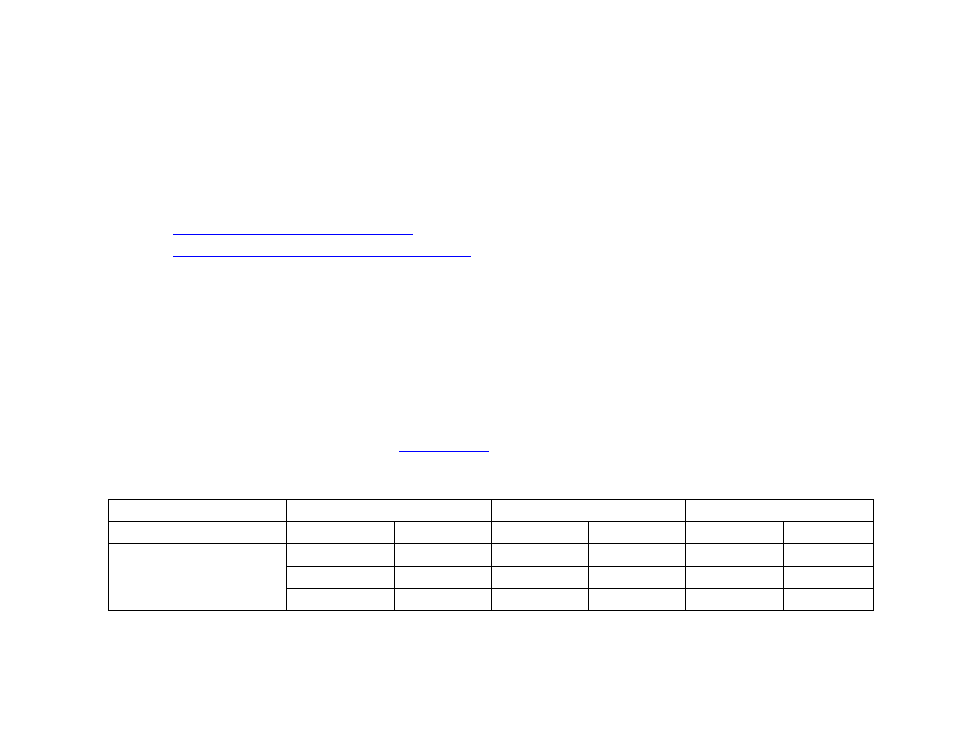BrightSign Object Reference Manual (FW 5.1) User Manual
Page 103

95
•
GetSafeY() As Integer: Returns the vertical coordinate for the upper-left corner of the "safe area". For
modes that are generally displayed with no overscan, this will be zero.
•
GetSafeWidth() As Integer: Returns the width of the "safe area." For modes that are generally displayed
with no overscan, this will return the same as GetResX.
•
GetSafeHeight() As Integer: Returns the height of the "safe area." For modes that are generally displayed
with no overscan, this will return the same as GetResY.
Note: More information about safe areas can be found here:
o
o
•
SetGraphicsZOrder(order As String): Specifies the order of the graphics plane (which includes all
graphical elements) in relation to the video plane(s). This method accepts three parameters:
o front: Places the graphics plane in front of the video plane(s).
o middle: Places the graphics plane between two video planes. This option is only applicable to XD models
that support two video players.
o back: Places the graphics plane behind the video plane(s).
If the player is rendering two videos, the
front and back options will always place the graphics plane in front of or
behind both video planes. To determine the z-order of video planes in relation to one another, use the
ToFront()
and
ToBack() methods provided by the
object. The following table shows all possible video and
graphics z-order arraignments that can be specified using the
SetGraphicsZOrder() method and calling
ToFront() and ToBack() methods on a "Video1" roVideoPlayer instance.
SetGraphicsZOrder()
front
middle
back
ToFront()/ToBack()
ToFront() ToBack() ToFront() ToBack() ToFront() ToBack()
Z-Order
Graphics
Graphics
Video1
Video2
Video1
Video2
Video1
Video2
Graphics
Graphics
Video2
Video1
Video2
Video1
Video2
Video1
Graphics
Graphics